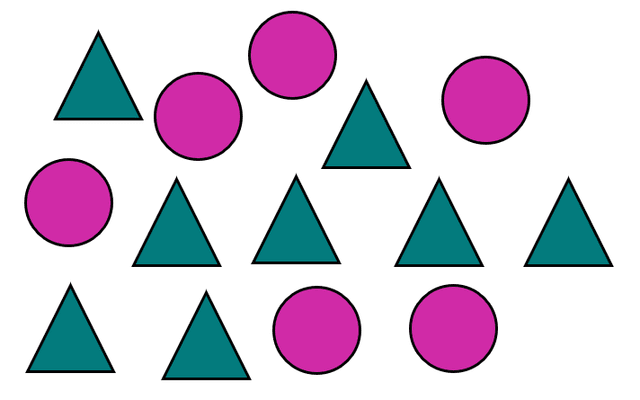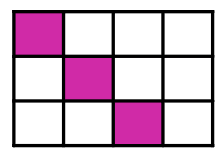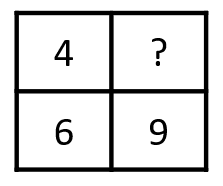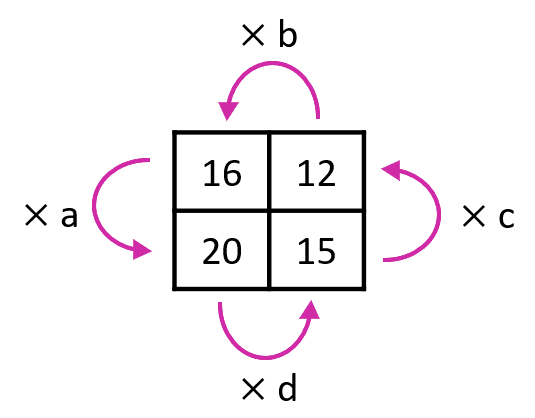Myths about teaching can hold you back
Learn why
New
New
Lesson 2 of 8
- Year 10
- Foundation
Checking and securing understanding of equivalent ratios
I can appreciate that any two numbers can be connected via a multiplicative relationship.
Lesson 2 of 8
New
New
- Year 10
- Foundation
Checking and securing understanding of equivalent ratios
I can appreciate that any two numbers can be connected via a multiplicative relationship.
These resources were made for remote use during the pandemic, not classroom teaching.
Switch to our new teaching resources now - designed by teachers and leading subject experts, and tested in classrooms.
Lesson details
Assessment exit quiz
Download quiz pdf








